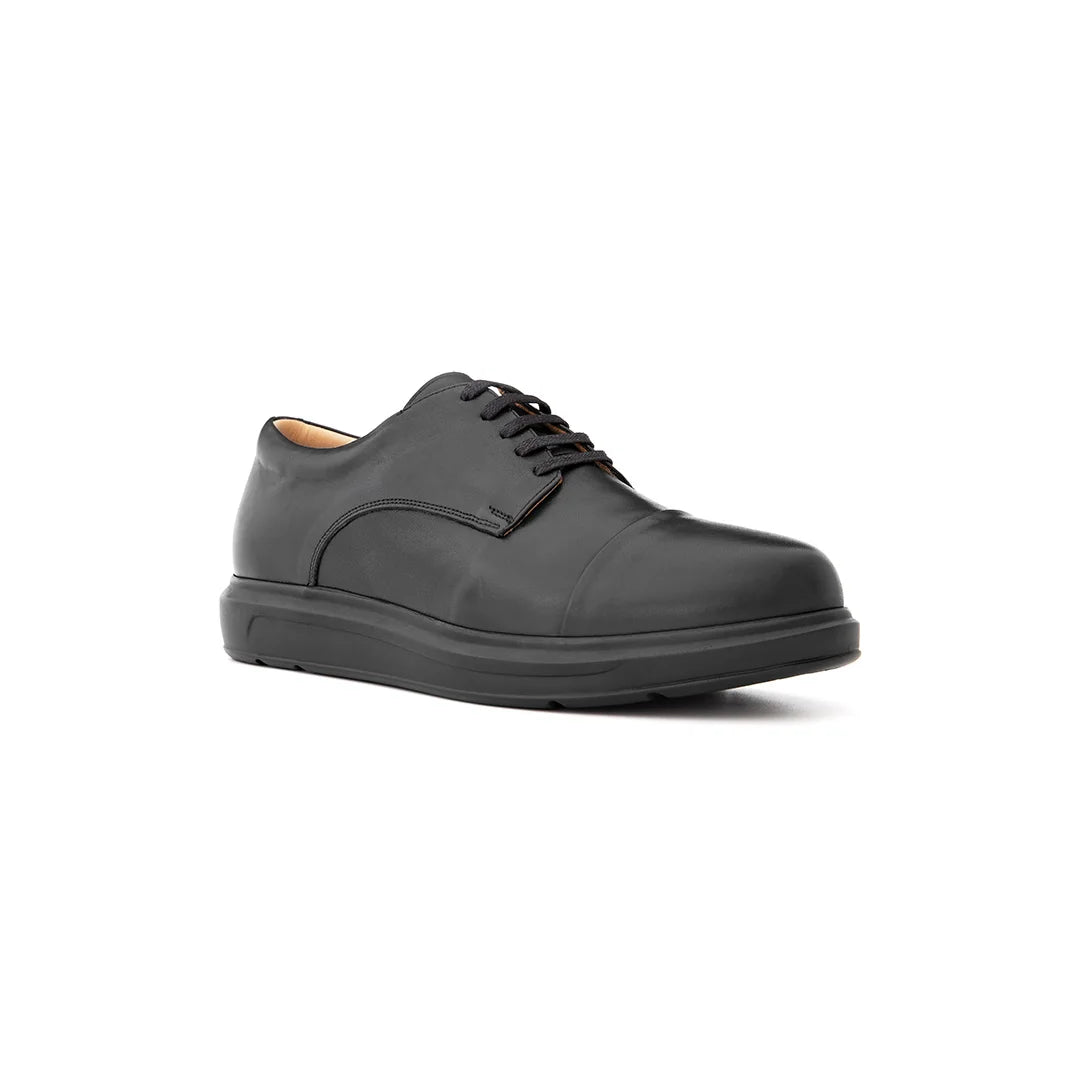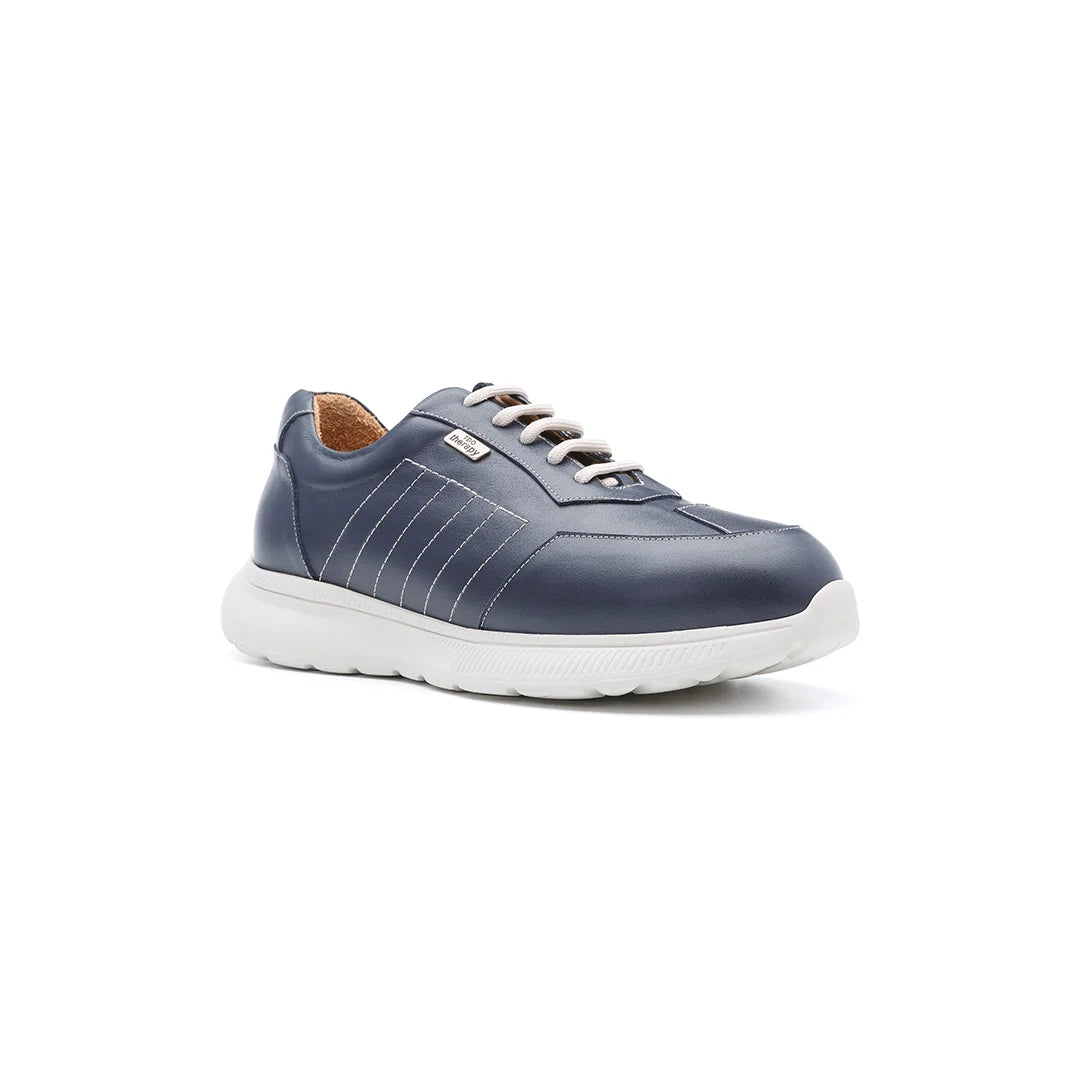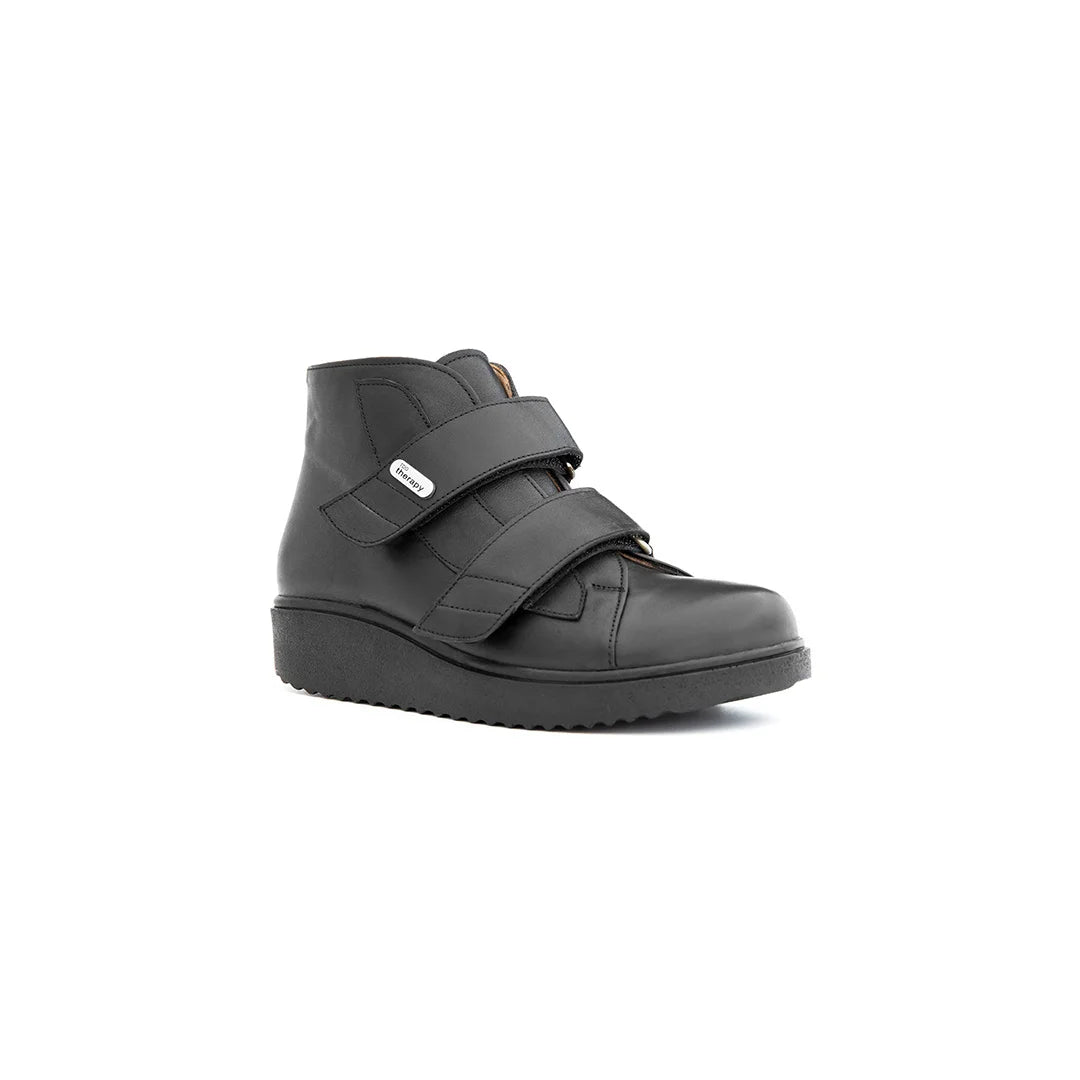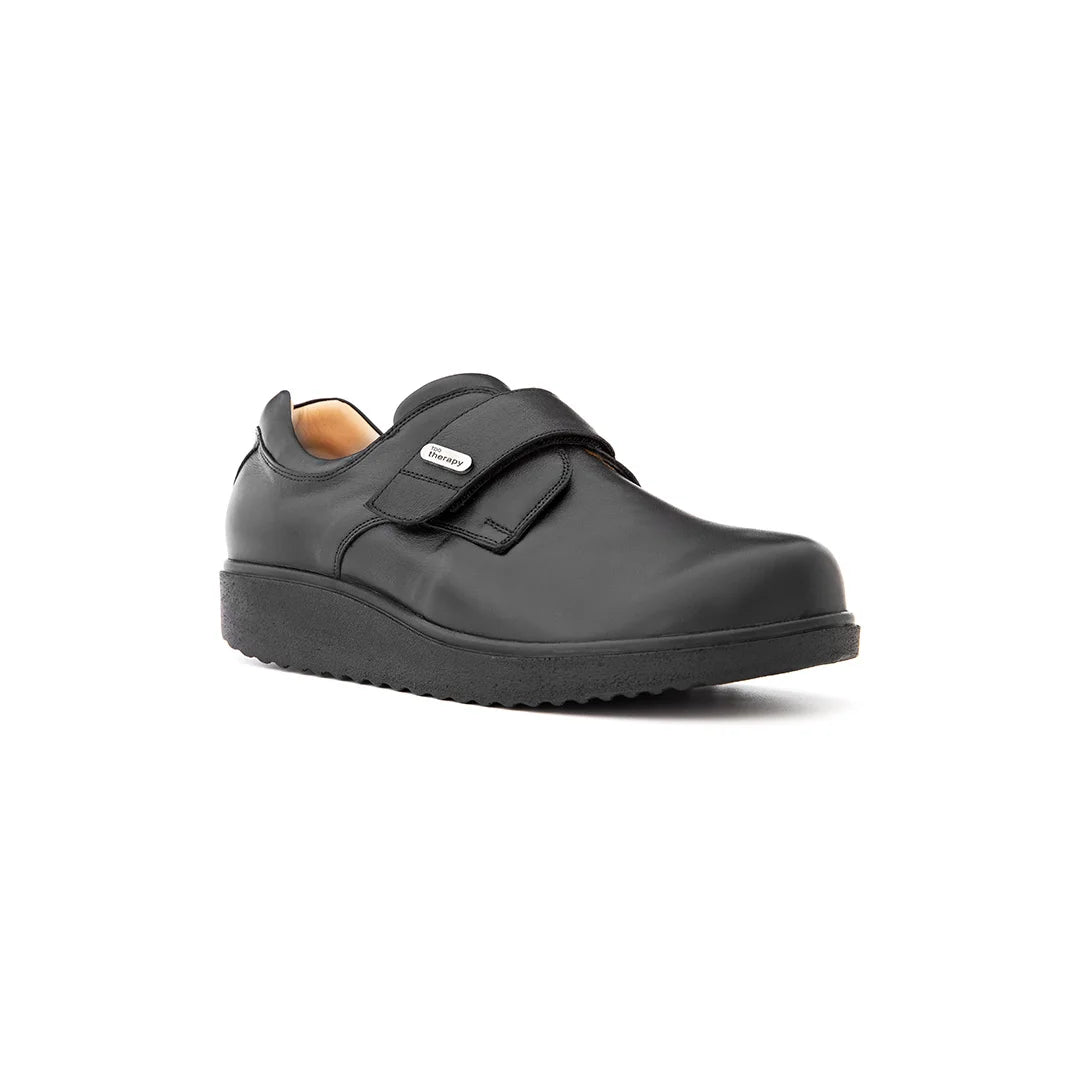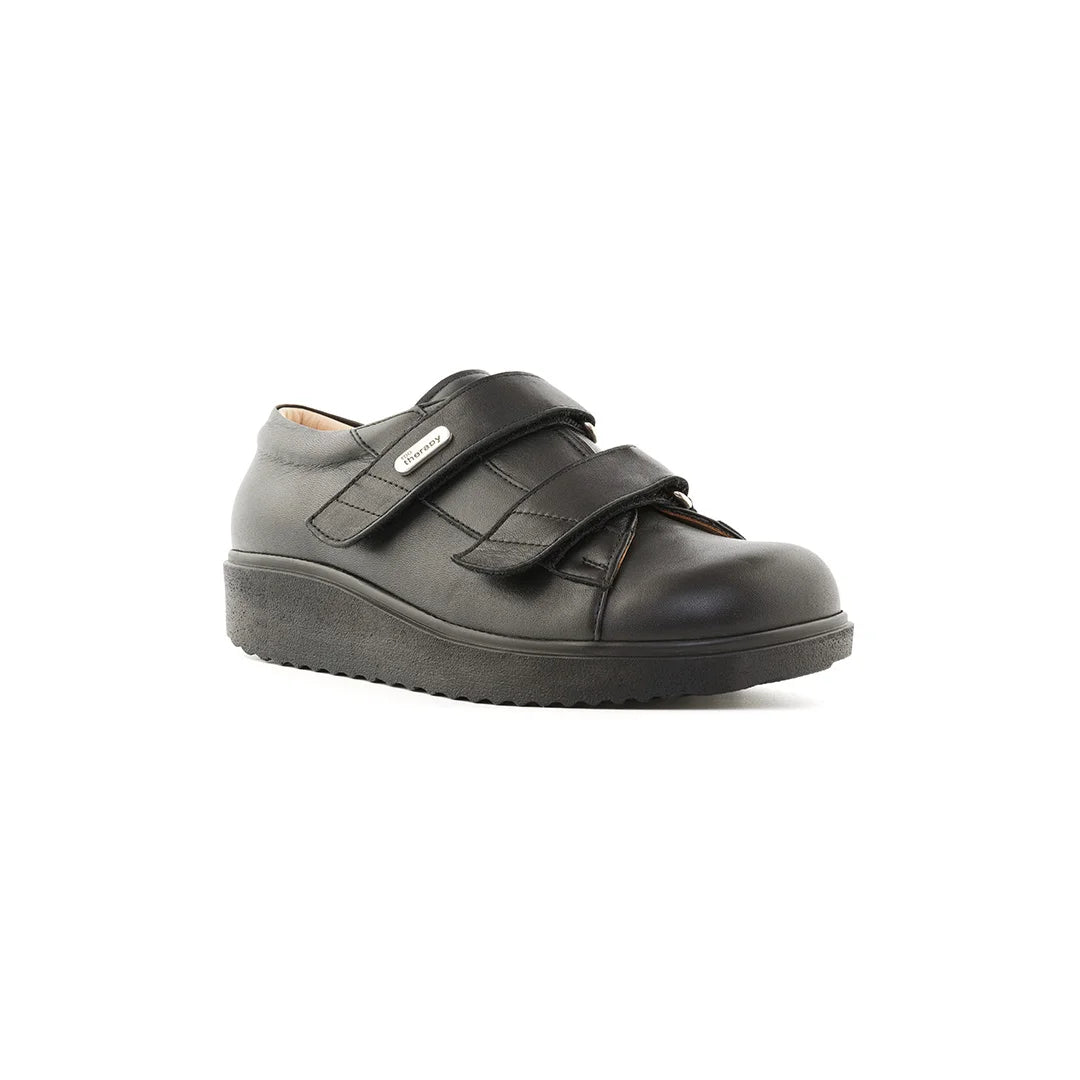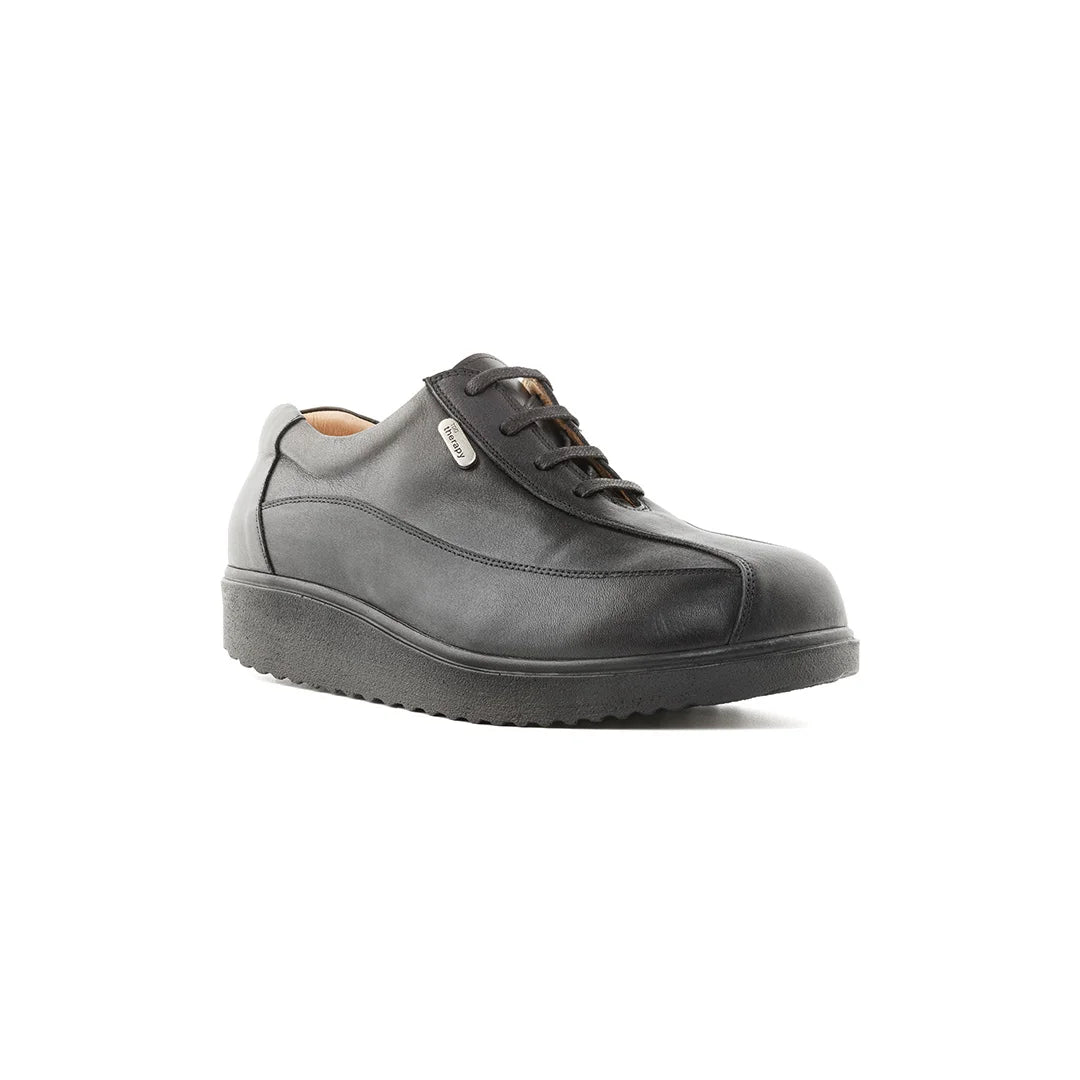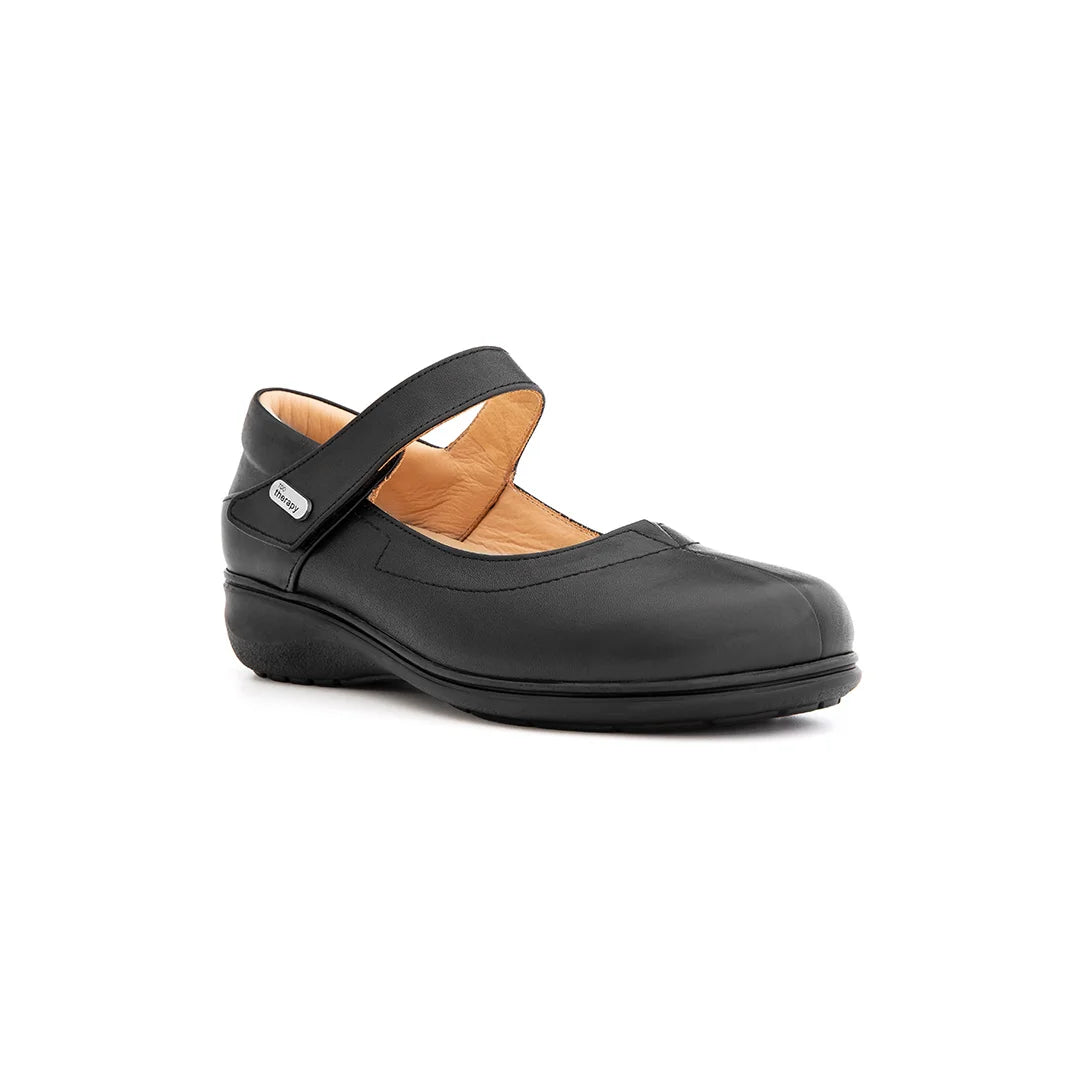Maintaining balance is something most people take for granted—until it becomes a challenge. For those experiencing balance issues due to age, injury, or medical conditions, supportive orthopedic shoes can make a world of difference. The right footwear provides stability, reduces the risk of falls, and restores confidence in daily movement.
In this guide, we’ll explore the best orthopedic shoe features for balance, practical tips for safer walking, and how the right footwear supports long-term mobility.
Why Balance Issues Happen
Balance problems can occur for many reasons, including:
-
Age-related muscle weakness
-
Neurological conditions such as neuropathy or Parkinson’s disease
-
Inner ear disorders
-
Foot deformities like bunions or flat feet
-
Post-surgery recovery or injury
While balance therapy and medical treatments are essential, choosing supportive footwear can help prevent slips, trips, and falls.

Key Features of Shoes for Balance Support
Wide, Stable Base
Shoes with a broader outsole provide a stronger foundation, preventing wobbling and instability during walking.
Non-Slip Soles
A grippy sole design helps maintain traction on smooth, wet, or uneven surfaces.
Cushioned Support
Shock-absorbing midsoles reduce stress on joints and promote steadier steps.
Firm Heel Counter
A reinforced heel keeps the foot aligned and reduces unwanted side-to-side movement.
Adjustable Fastenings
Velcro straps or laces ensure a snug fit, preventing the shoe from slipping during movement.
Benefits of Orthopedic Shoes for Balance Issues
-
Fall Prevention – Stable soles and firm support lower the risk of tripping.
-
Improved Mobility – Walking feels safer and more controlled.
-
Confidence Boost – Reduced fear of falling encourages independence.
-
Long-Lasting Comfort – Cushioned interiors support all-day wear.
-
Custom Adaptability – Compatible with orthotics for personalized stability.
Everyday Tips for Safer Walking
-
Always wear supportive shoes indoors and outdoors.
-
Choose shoes with contrasting soles for better ground visibility.
-
Replace worn shoes to maintain traction and support.
-
Walk at a steady pace rather than rushing.
-
Consult a healthcare professional about additional balance training exercises.
Final Thoughts
Balance issues can feel overwhelming, but the right footwear provides vital support. Orthopedic shoes with a wide, stable base, cushioned midsoles, and non-slip soles help you stay steady and safe. By investing in high-quality shoes designed for balance, you can walk with greater confidence and independence every day.




